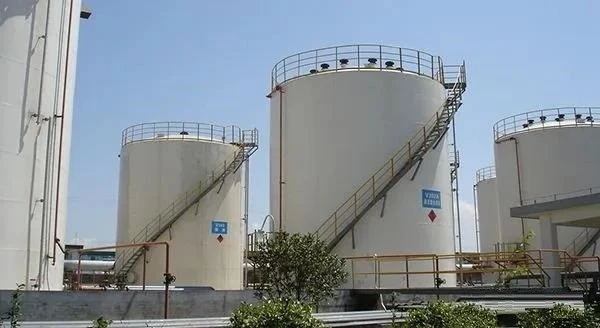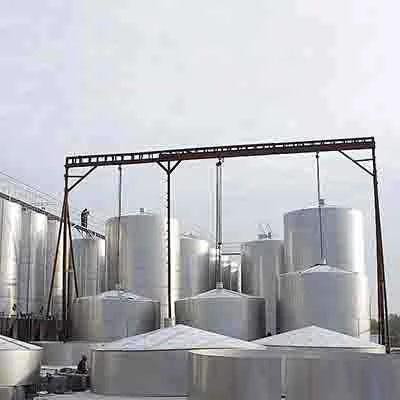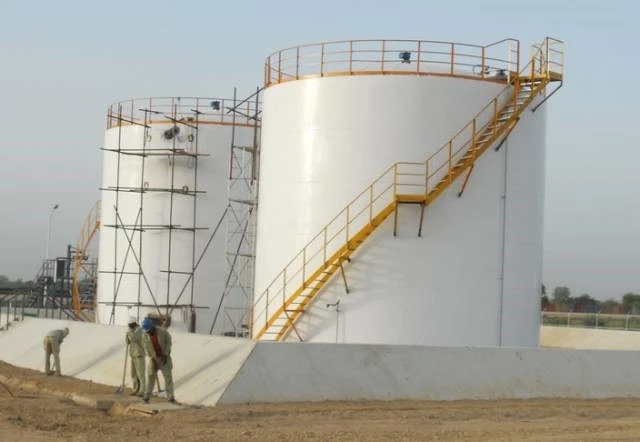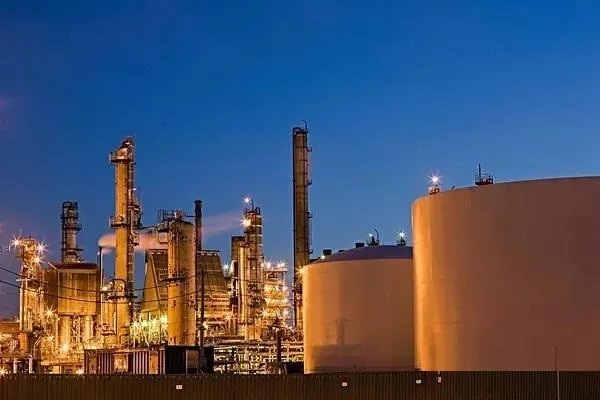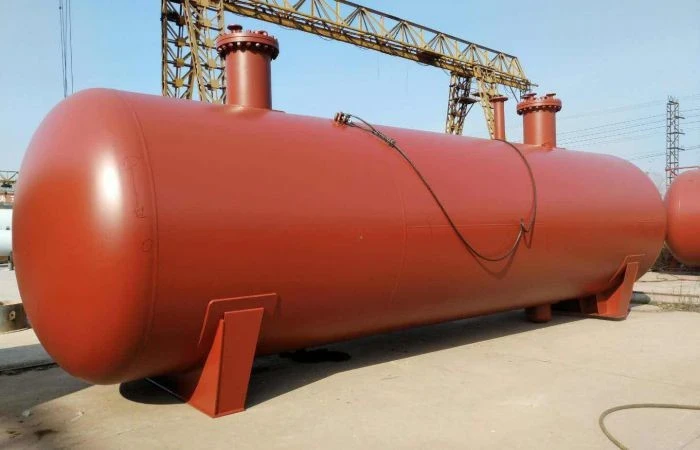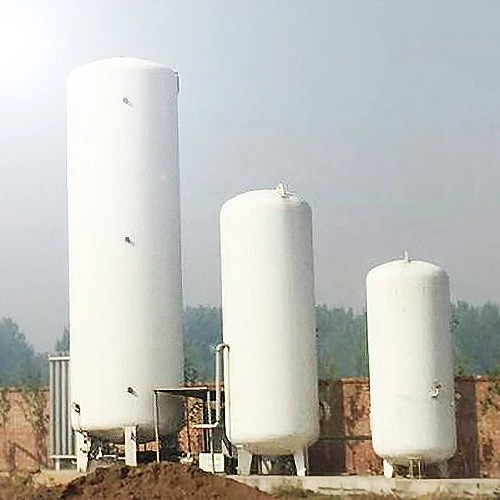Safeguarding Oil Storage Tanks: Strategies Against Corrosion Risks
The storage of oil products poses a critical concern in the ever-evolving petroleum industry. Among the prominent challenges faced by this sector, the corrosion of oil storage tanks stands out as a complex issue with multifaceted causes. This article delves into the various aspects of this challenge and explores effective strategies for addressing and mitigating corrosion risks in oil storage tanks. Understanding the Corrosion Dynamics The corrosion of oil storage tanks involves intricate...

